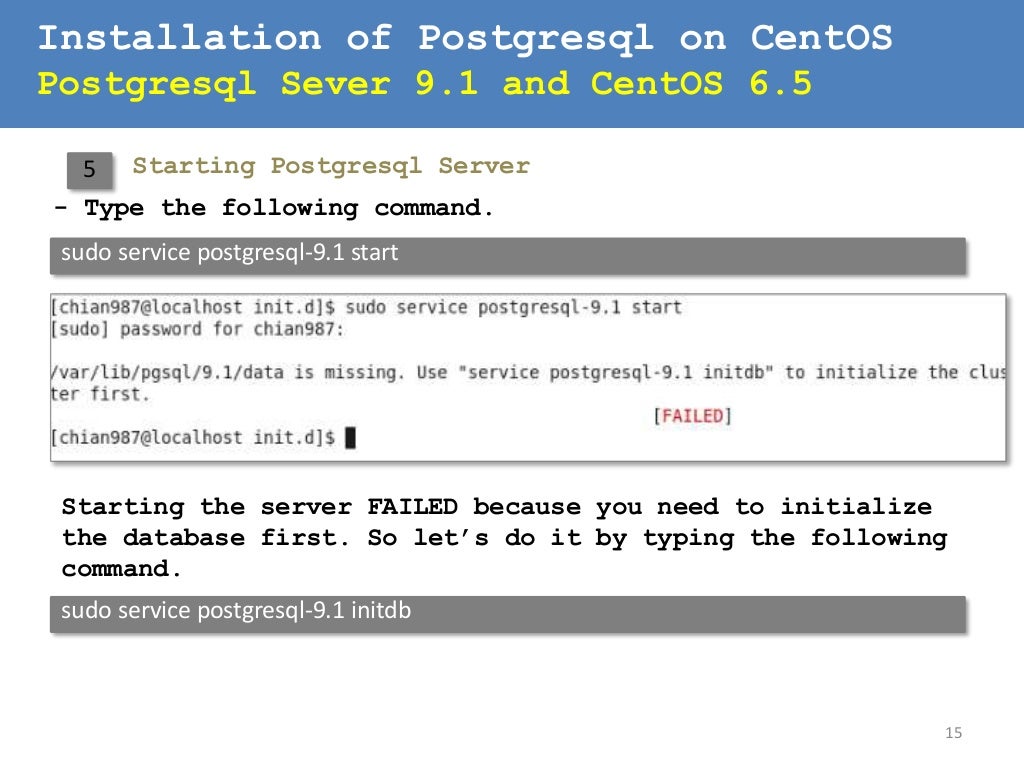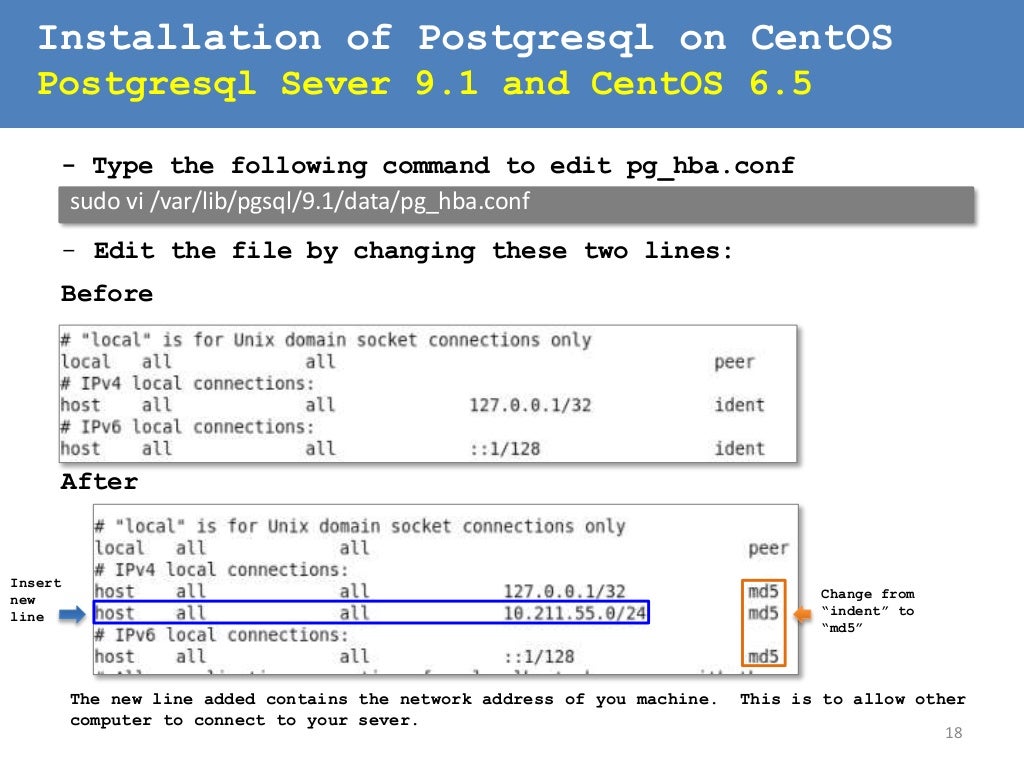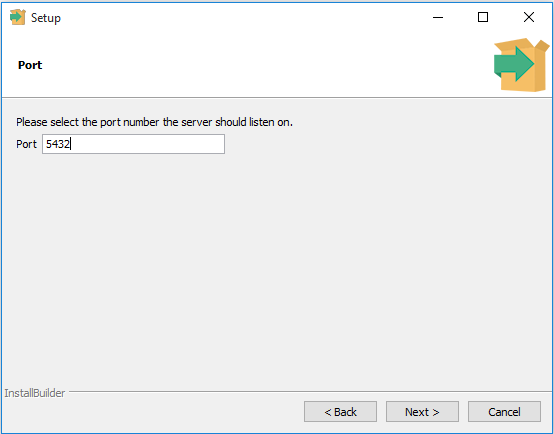

- Postgresql install how to#
- Postgresql install install#
- Postgresql install update#
- Postgresql install password#
- Postgresql install download#
Option 2: psql Now you have connected via psql. Once you run that command, the prompt will ask you for your password. If it doesnt work with old data directory and you get errors about permissions or stuff like icacls then pick a fresh folder and proceed with this post.
Postgresql install install#
Install postgres with random data directory. Now, in order to connect to your PostgreSQL server, we’ll need the following connection params: Make sure you install the correct version for the data folder you have, you can check the version in that data folder under file named PGVERSION. psql -version psql (PostgreSQL) 11.5 Start PostgreSQL To start PostgreSQL run the following command in the Terminal. brew install postgres We can check the version of PostgreSQL using the psql command. Let’s confirm that psql is installed: psql -version In Terminal run the following command to install PostgreSQL on Mac using Homebrew. Last step: Connect to your PostgreSQL server If required, you can install PostgreSQL on a separate AWS RDS Postgres instance using the. The server should have at least a basic UFW firewall to ensure that only connections to certain services are allowed. Note: This only installs the psql client and not the PostgreSQL database. Tamr recommends installing PostgreSQL on the same server as Tamr Core. Before we dive into the actual installation of PostgreSQL 12 on DigitalOcean Ubuntu 20.04, you need to make sure your system meets the following prerequisites.
Postgresql install update#
Install on Ubuntu and Debian using the apt package manager: sudo apt-get update From your command line, run the following commands: brew doctorįinally, symlink psql (and other libpq tools) into /usr/local/bin: brew link -force libpq Install on Ubuntu 16.04,18.04 and Debian 9,10 psql -version Install on MacOS using Homebrew


In fact, if you’ve ever installed Postgres or TimescaleDB before, you likely already have psql installed. PostGIS is an extension to PostgreSQL that adds spatial data. Before you startīefore you start, you should confirm that you don’t already have psql installed. PostgreSQL, often simply called Postgres for short, is a popular, free, open source DBMS package.
Postgresql install how to#
Here we explain how to install psql on various platforms. Psql is the standard command line interface for interacting with a PostgreSQL or TimescaleDB instance. Therefore, you can only connect to the PostgreSQL server from within the Ubuntu server where PostgreSQL is installed.
Postgresql install password#
ALTER USER postgres PASSWORD 'myPassword' PostgreSQL Remote Connection Configurationīy default, the PostgreSQL server is accessible only on the loopback interface (127.0.0.1) on port 5432 and through the Unix socket. Replace myPassword with a password of your choice.
Postgresql install download#
You need to download and import the PostgreSQL GPG repository. In this tutorial we will show you two different methods on how to install PostgreSQL on your CentOS 7 machine. Install PostgreSQL by Adding the PostgreSQL Repository 1. Now, we have to change the postgres user’s password so that we can allow remote PostgreSQL connection using password authentication.Įxecute the following query to set a password. PostgreSQL or Postgres is an open-source general-purpose object-relational database management system. Let’s check the version of PostgreSQL using the following command. sudo apt-get install postgresql-client you then connect to the server with the following command psql -h database user After you inserted the password you access PostgreSQL with line commands. When you install PostgreSQL, the psql client also gets installed.Įxecute the following command to connect to the server. You can connect to the PostgreSQL server using the psql client sudo systemctl status postgresql Connect to PostgreSQL & Change Password Lets validate PostgreSQL by checking the service status. If you want to install a specific version of PostgreSQL, you can search for the available versions from here and use the version with the install command as shown below.

Install the latest version of PostgreSQL sudo apt-get -y install postgresql Sudo sh -c 'echo "deb $(lsb_release -cs)-pgdg main" > /etc/apt//pgdg.list' Step 3: Run the below command to install PostgreSQL: sudo apt update sudo apt install postgresql postgresql-contrib Verifying the Installation of PostgreSQL. It is always better to download the latest version available in the official PostgreSQL Ubuntu repository.


 0 kommentar(er)
0 kommentar(er)
